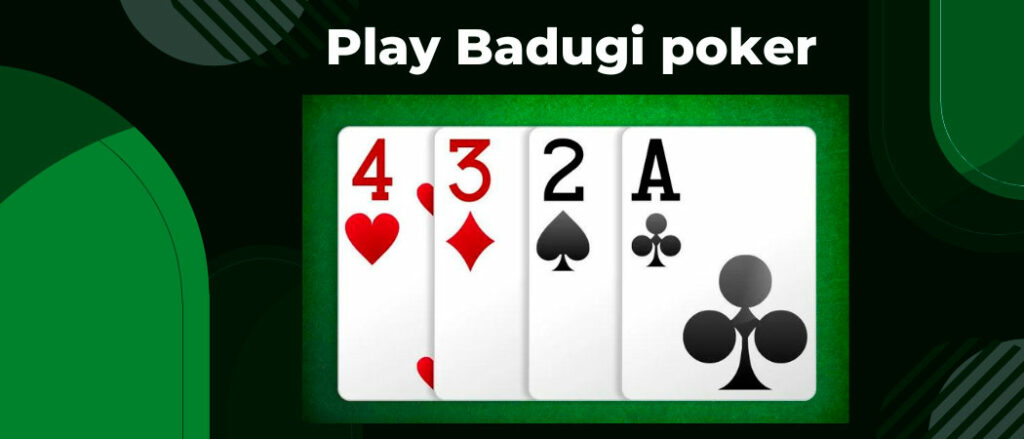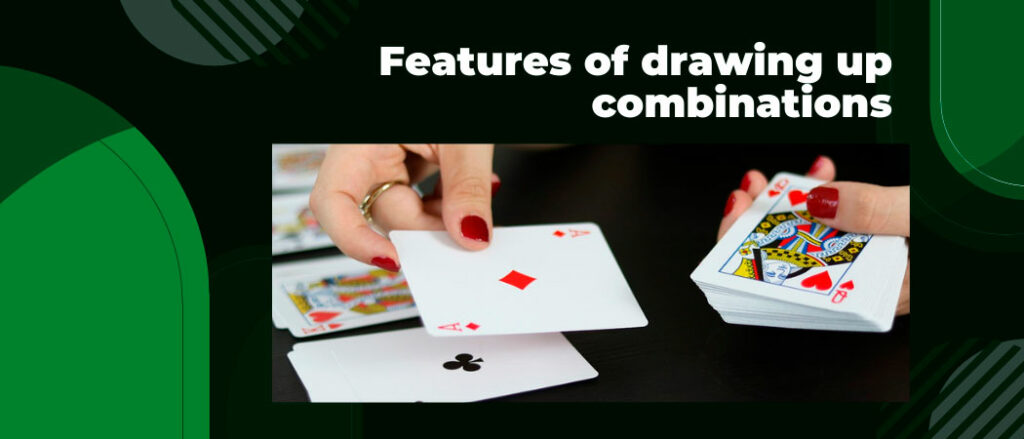If you are one of those who are bored with playing Texas Hold’em, Omaha, Razz or Stud, and you are looking for a new poker experience, then you should study the rules of Badugi, a South Korean variation of poker that is rapidly gaining popularity in the West.
At first glance, it may seem that this type of game does not in any way relate to poker, but this is a delusion. This is due to the fact that in Badugi, the formation of combinations occurs according to a slightly different principle, but this is what makes it a unique and even exciting type of poker.
How to play Badugi poker

The beginning of the game is not much different from the same Texas Hold’em – the dealer is determined and the small and big blinds are paid. The players are then dealt four cards face down. The trading stage begins, where players have access to such actions as call, raise, fold or re-raise. When all the bets at the table are equal, the second round of the game begins.
If you are familiar with the game of Draw poker, then the following three stages of trading should be quite clear. According to the rules of Draw, the player has the opportunity to exchange any of his four cards for random cards from the deck.
In Badugi, a round consists of two stages: a draw round and, in fact, a betting stage with all the standard actions. There will be three such rounds, followed by a showdown – the final stage of the game, where the players demonstrate their assembled combinations and the winner is found out.
Features of drawing up combinations

The main feature of Badugi poker lies in the construction of combinations. A low combination is considered strong. That is, a hand with low rank cards wins over a hand with high rank cards. Since the ace in Badugi is the lowest card, the best combination is 4-3-2-A offsuit.
It’s important to pay attention to the suits: a hand of different suits is required to win. Pairs and suited cards can only make matters worse. Let’s say there are two players left at showdown with the same hands 6-4-2-A. One of them has all the cards of the same suit, while the other has a hand of different suits. The latter will take the pot, since according to Badugi’s rules, his hand is stronger.
If at showdown you have three cards of different suits, and the fourth is repeated, then you have made a three-card badugi hand. Against the background of a four-card hand, this hand will be weaker.
Playing this type of poker is not as difficult as it might seem at first glance. It is enough to understand the rules of Badugi and how to collect combinations, and the first win will not be long in coming.
